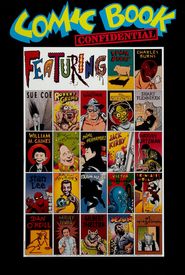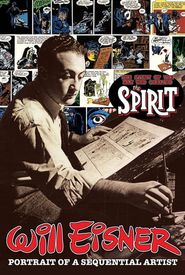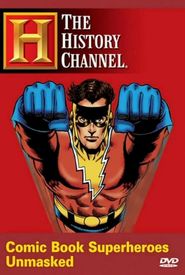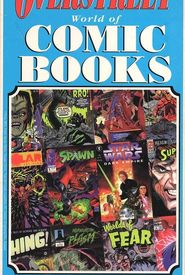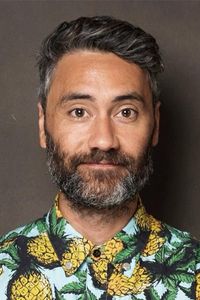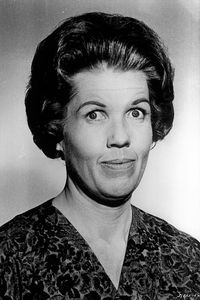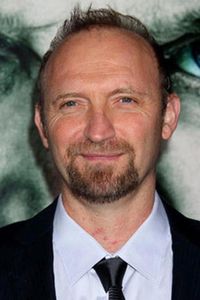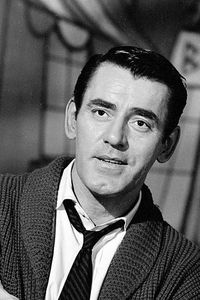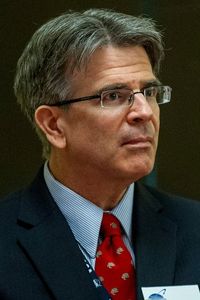Here is the biography of Will Eisner:
Will Eisner was an American comic book artist and writer of Austrian-Jewish and Romanian-Jewish descent. Born in 1917 in Brooklyn, New York City, he was one of the pioneering artists of the American comic book industry. Eisner is most famous for creating the masked crime-fighter Spirit/Denny Colt and for being the main creator of the original eponymous series "the Spirit" (1940-1952). Later, Eisner worked primarily with graphic novels and is credited with popularizing the term "graphic novel" in 1978.
Eisner's early life was marked by poverty and anti-Semitic insults from his schoolmates. He was an avid reader of pulp magazines and aspired to become an artist. His father, Shmuel "Samuel" Eisner, was an artist who bought art supplies for his son. Eisner's mother, Fannie Ingber, was born aboard a ship and was primarily raised by her older stepsister. She was illiterate.
Eisner received his secondary education at the DeWitt Clinton High School and studied art at the Art Students League of New York. He was hired as an advertising writer-cartoonist by the newspaper "New York American" and later started drawing illustrations for pulp magazines. His rate at the time was 10 dollars for every completed page.
In the 1930s, Eisner sold new material to the comic book magazine "Wow, What A Magazine!" and created his first series character, Captain Scott Dalton. He then founded the art studio "Eisner & Iger" with Jerry Iger, which was one of the early comic book "packagers." Eisner sold art at the rate of 1.50 dollars per page and among his notable characters were the jungle girl Sheena, Queen of the Jungle, the size-changing superhero Doll Man, and the ace pilot Blackhawk.
In 1939, Eisner was involved in a legal controversy when he created Wonder Man, a character empowered by a magic ring, which was similar to Superman. DC Comics sued the Fox Feature Syndicate for copyright infringement and won the case. Eisner and Iger dissolved their business partnership and Eisner received a business proposal from Henry Martin, sales manager of "The Des Moines Register and Tribune Syndicate," to handle a comic-book insert into the newspapers.
Eisner created three new characters as series protagonists for the comic-book insert: the Spirit/Denny Colt, Lady Luck/Brenda Banks, and Mr. Mystic/Ken. The Spirit served as the main series for the comic-book insert, with the other two as back-up series. The Sunday supplement was nicknamed "The Spirit Section" and was published in 20 newspapers, with a combined circulation of 5 million copies.
In late 1941 or early 1942, Eisner was drafted by the United States Army and was initially assigned to work camp newspaper at the Aberdeen Proving Ground. He became a warrant officer and continued to work for "Army Motors" until 1950, and then continued to work for its successor publication, "PS, The Preventive Maintenance Monthly," until 1971. While working for "Army Motors," Eisner created the series character Joe Dope, a bumbling soldier who illustrated various methods of preventive maintenance of various military equipment and weapons.
After his military service, Eisner returned to the Spirit and continued to work on the series until its original run ended in 1952. He then formed the company American Visuals Corporation, which produced instructional materials for the government, related agencies, and businesses. His main customer was the United States Army, for which he continued to produce military publications until the 1970s.
In 1978, Eisner published his first graphic novel, "A Contract with God and Other Tenement Stories," which was a cycle of connected short stories depicting the lives of impoverished Jewish characters within a tenement in New York City. From this point onward, he produced about one graphic novel per year. Among his most notable graphic novels was "Fagin the Jew" (2003),a biography of the literary villain introduced in the serial novel "Oliver Twist" (1837-1839).
In the last decades of his life, Eisner was a lecturer at the School of Visual Arts in New York City and wrote the educational books "Comics and Sequential Art" (1985) and "Graphic Storytelling and Visual Narrative" (1996). Eisner died on January 3, 2005, at the age of 87, due to surgery-related complications.

